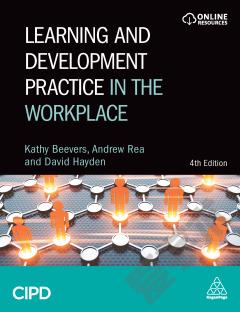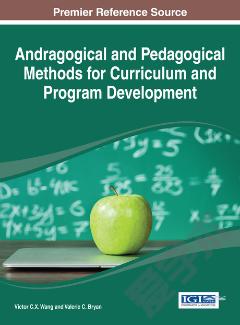Professional Practice in Learning and Development —— How to Design and Deliver Plans for the Workplace
----- 学习和发展的专业实践:如何设计和计划提供工作场所
Introduction The world is changing! It is volatile, uncertain, complex and ambiguous. As cliche as it may sound the evidence of such dynamism in the external environment is growing. Business-as-usual is more of the exception than the norm. Organizational change is the rule; be it to accommodate and adapt to change, or instigate and lead change. A constantly changing environment is a situation that all organizations have to live with. What makes some organizations however, able to thrive better than others? Many scholars and practitioners believe that this is due to the ability to learn. Therefore, this book on developing Learning and Development (LD Loon & Casimir, 2008; Ryan & Deci, 2000). LD the individual, group and organizational level, will always have a better chance of surviving and performing. Given the new reality of a dynamic external environment and constant change, L&D professionals now play an even more important role in their organizations than ever before. However, L&D professionals themselves are not immune to the turbulent changes as their practices are also impacted. Therefore, the challenges that L&D professionals face are two-pronged. Firstly, in relation to helping and supporting their organization and its workforce in adapting to the change, whilst, secondly developing themselves effectively and efficiently so that they are able to be one-step ahead of the workforce that they are meant to help develop. These challenges are recognised by the CIPD, as they recently launched their new L&D qualification that has served as an inspiration for this book. L&D plays a crucial role at both strategic (e.g. organizational capability) and operational (e.g. delivery of training) levels. L&D professionals have moved from being reactive (e.g. following up action after performance appraisals) to being more proactive (e.g. shaping capability). L&D is increasingly viewed as a driver for organizational performance. The CIPD (2014) suggest that L&D is increasingly expected to not only take more responsibility but also accountability for building both individual and organizational knowledge and capability, and to nurture an organizational culture that prizes learning and development. This book is for L&D professionals. Nonetheless, it is also suited for those studying Human Resource Development HRD at intermediate level. The term âHuman Resource Developmentâ (HRD) is more common in academia, and is largely synonymous with L&D (Stewart & Sambrook, 2012) Stewart (1998) defined HRD as âthe practice of HRD is constituted by the deliberate, purposive and active interventions in the natural learning process. Such interventions can take many forms, most capable of categorising as education or training or developmentâ (p. 9). In fact, many parts of this book (e.g. Chapters 5 and 7) are appropriate for anyone who is involved in training and development. This may include a variety of individuals within the L&D community, such as line managers, professional trainers, training solutions vendors, instructional designers, external consultants and mentors (Mayo, 2004). The CIPD (2014) goes further as they argue that the role of L&D is broad and plays a significant role in Organizational Development (OD) and Talent Management (TM), as well as in Human Resource Management (HRM) in general. OD, TM, HRM and L&D are symbiotic in enabling the âpeople management functionâ to provide organizations with the capabilities that they need.
{{comment.content}}








 京公网安备 11010802027623号
京公网安备 11010802027623号